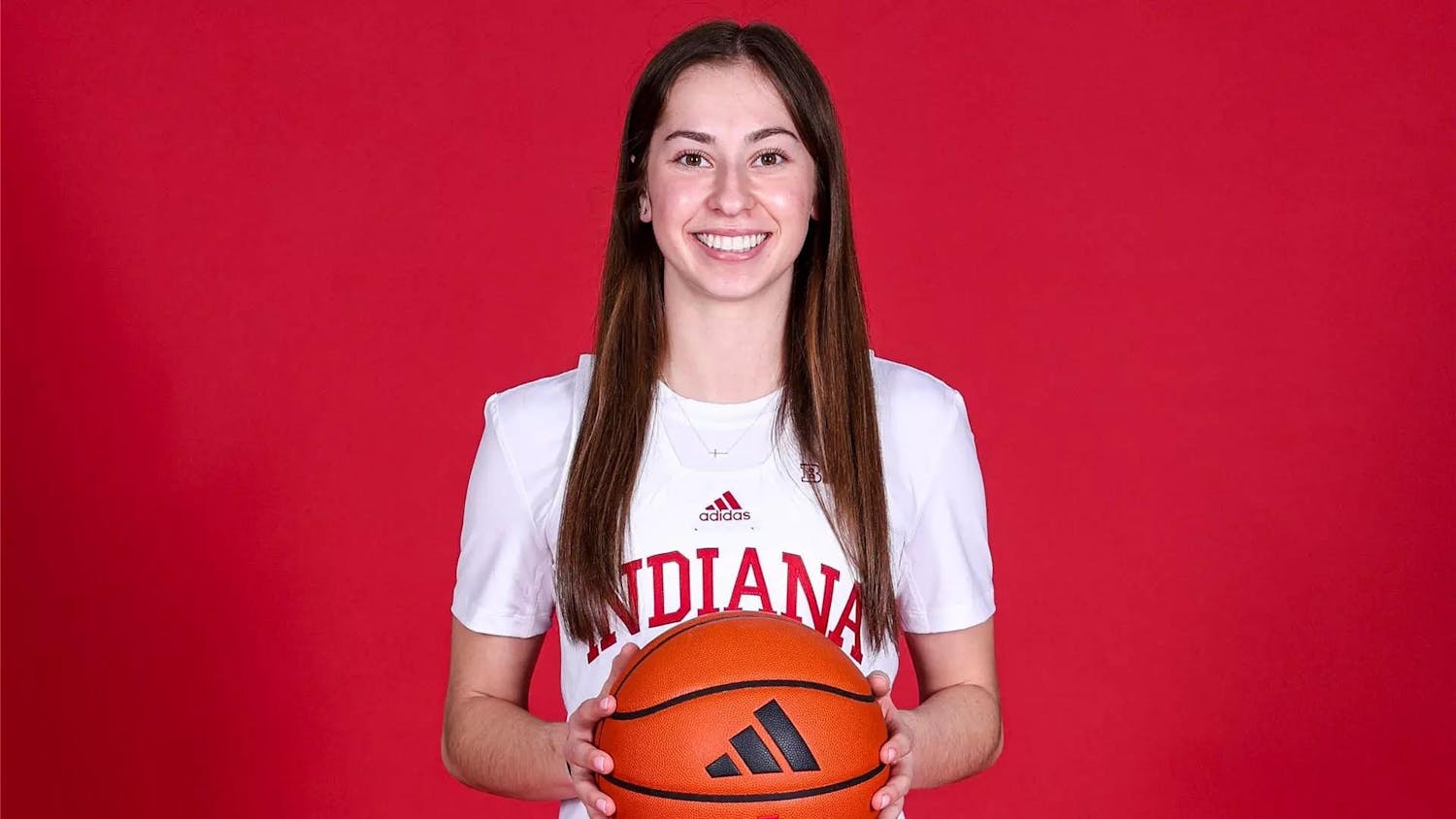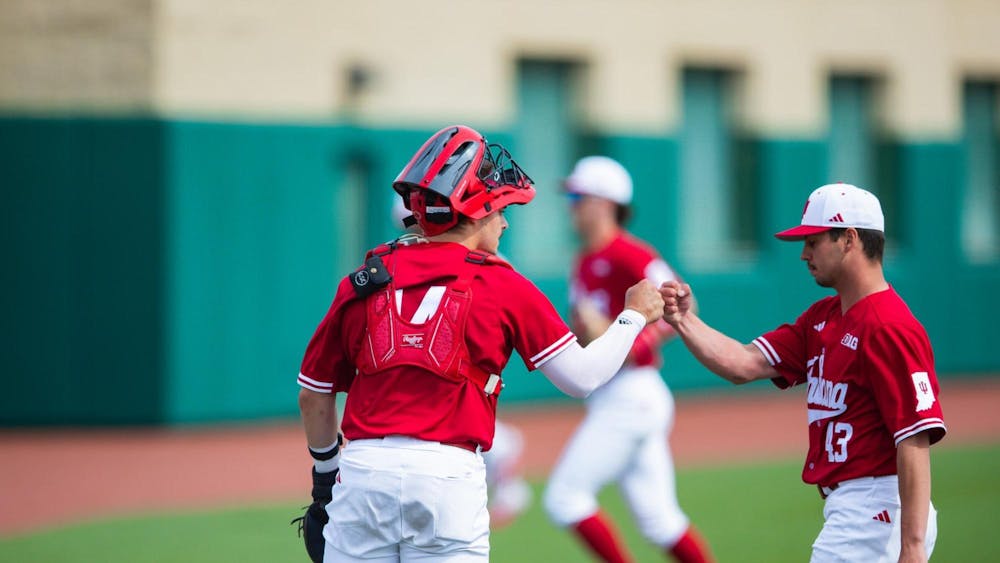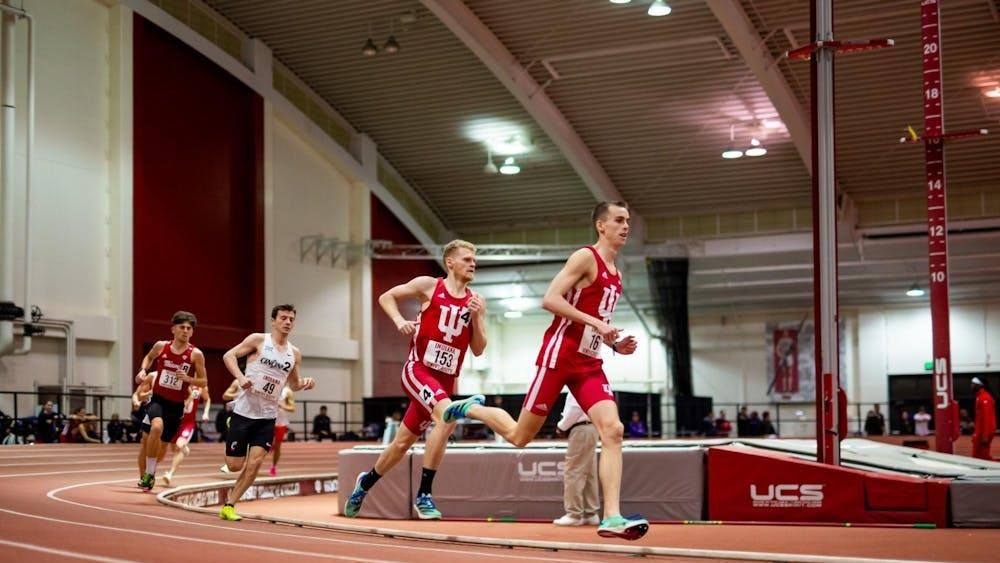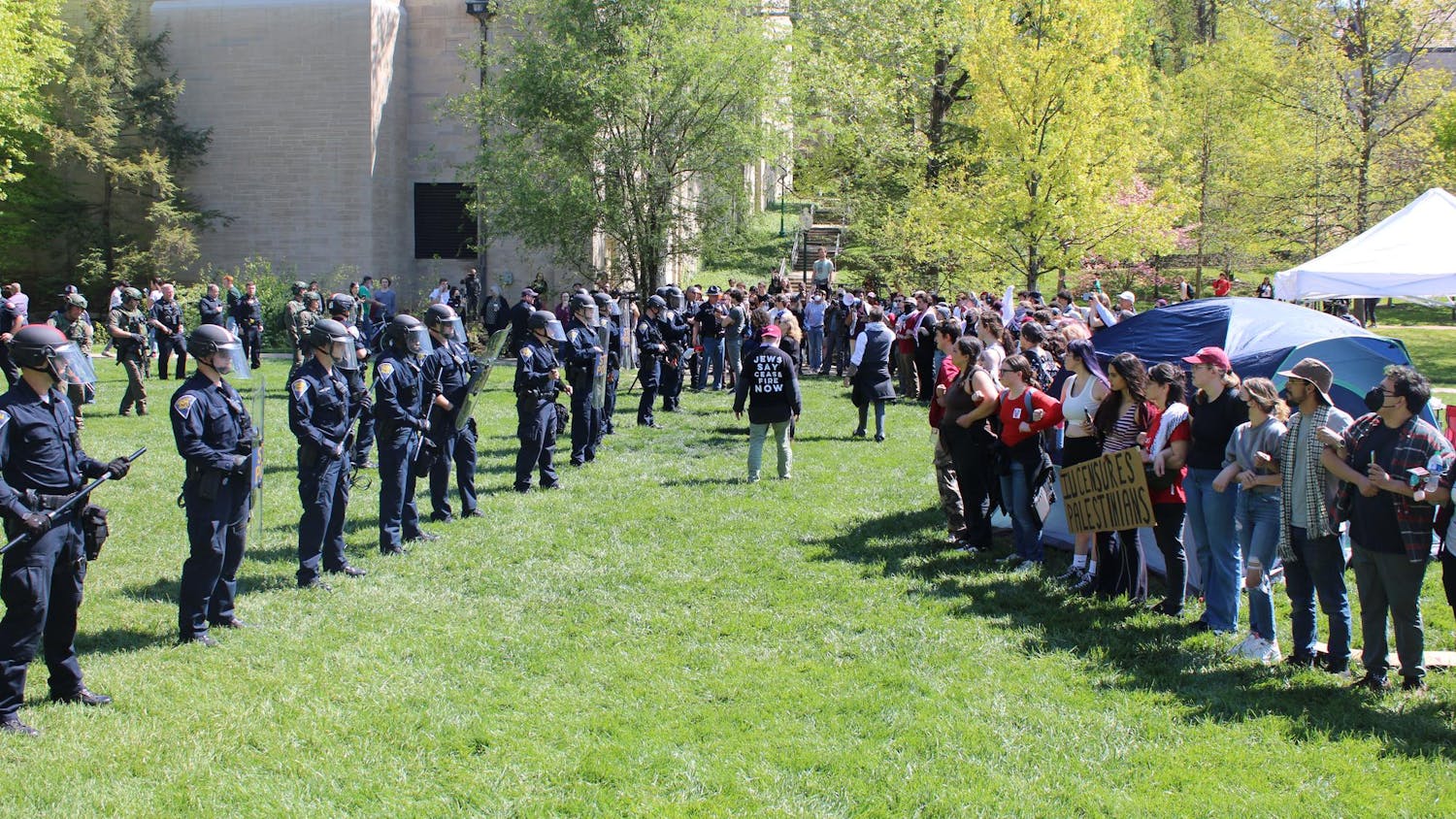For all the profits and fun of the men's NCAA basketball tournament, too many players wind up with nothing more than memories.\nA study released Monday showed that 10 of the schools in this week's round of 16 have failed to graduate even half of their players in recent years. Black players are less likely than whites to finish their careers with degrees, according to the study of NCAA graduation rates.\nButler posted the best numbers and Oklahoma had the worst. They play each other Friday in the East Regional semifinals.\nButler, a small private school in Indianapolis, graduated 86 percent of its basketball players and all of its black players over a six-year period starting with the 1995-96 season. Oklahoma had a zero graduation rate, although the school challenged the criteria as misleading.\nA school is credited with graduating students within six years of their freshman year and is not credited for transfers or junior college players who may get their degrees.\n"Our graduation rate is 100 percent," Oklahoma coach Kelvin Sampson said. "That freshman class (1995-96) was Bobby Joe Evans and Michael Cotton, and they both graduated -- Bobby Joe from here and Michael from Boston College.\n"They can stereotype us all they want, but the bottom line is our kids are graduating."\nCalling the results "disturbing," the study by Richard Lapchick of the Institute for Diversity and Ethics in Sport at the University of Central Florida found:\n-- Five of the 16 teams had graduation rates a third to a half lower than the school's overall athletic graduation rates.\n-- Six schools had graduation rates for black basketball players a third to three-quarters lower than overall athletic rates.\n-- Only three schools -- Butler, Duke and Kansas -- graduated at least two-thirds of their black basketball players, while just those and two others -- Marquette and Notre Dame -- graduated at least two-thirds of all basketball players.\n-- Only six schools graduated at least 50 percent of all basketball players, and seven graduated at least half of their black players.\nMen's basketball, where 57 percent of the players are black, has the worst graduation rates of all college sports, Lapchick said, with 58 of the 328 Division I teams failing to graduate a single black player in six years.\n"It is a nightmare waiting to be fixed," said Lapchick, one of the nation's leading sports sociologists.\nThe study lends support to NCAA president Myles Brand's drive to reward or punish schools by tying the number of scholarships to graduation rates.\n"It confirms what we've known for some time," Brand said. "It shows why we need to take steps in order to correct the situation through a clear and fair policy of incentives and disincentives."\nLapchick said schools would "do themselves an enormous favor" if they used the type of system Brand favors.\n"I think he's got a moment in time, where there have been enough scandals happening, to try to mobilize college presidents to say this is an embarrassment to us as a group," he said. "We have this window here, let's use it to do something real.\n"The challenge is that there are going to be a lot of powerful coaches who will argue that this would deny opportunities, particularly to African-American students who wouldn't be able to come to their schools under a system like that."\nLapchick said that under Brand's plan those players who did go to college would be more likely to graduate.\nLapchick also favored making freshmen ineligible to play, saying they often fall behind in the classroom and have trouble catching up.\n"If freshmen were ineligible you also wouldn't have kids who are going there to play for a year or two and then turn pro because they wouldn't waste a year sitting around until they became eligible," he said. "You'd get people who are really committed to playing in college."\nLow graduation rates reflect poorly not only on the colleges and coaches, Lapchick said, but on the whole education system.
Basketball players lag in graduation rates
Get stories like this in your inbox
Subscribe





